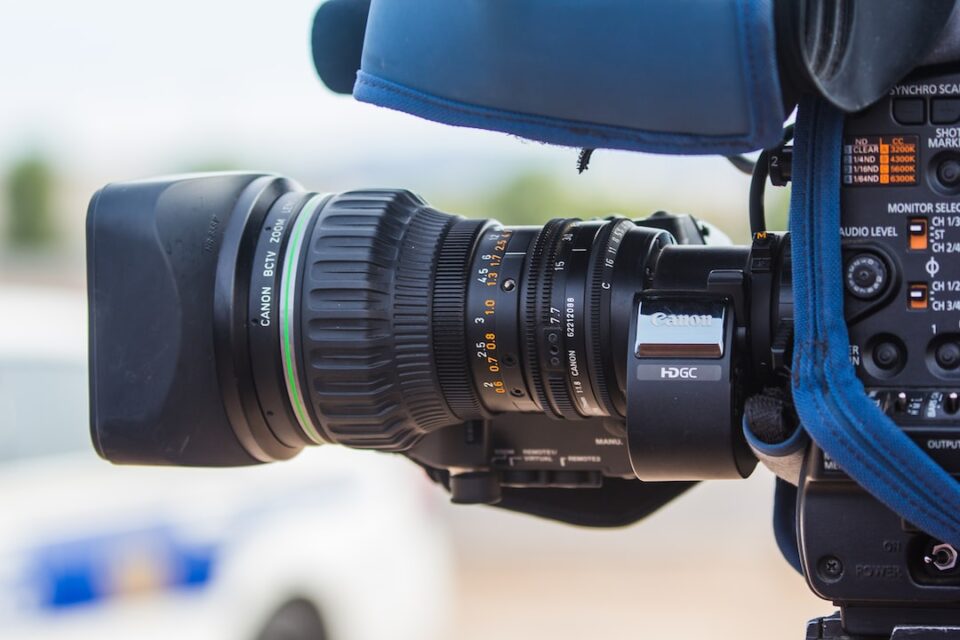The media industry has come a long way since the advent of the printing press in the 15th century. From print to radio, television, and now digital, media has evolved drastically over the years. In this blog post, we explore the evolution of media and its impact on society, journalism, and advertising.
Print media
Print media refers to the use of printed materials for the dissemination of news and information. The printing press, invented by Johannes Gutenberg in the 15th century, marked the beginning of print media. This revolutionary invention enabled the mass production of books, newspapers, and magazines, making information accessible to a wider audience.
Print media ruled the roost for centuries. Newspapers and magazines were the primary sources of news and information. People relied on newspapers for daily news updates, and magazines for in-depth analysis and opinion articles. Print media was the only way to spread the news and information until the invention of the telegraph in the 19th century.
Radio
Radio was invented in the late 19th century and revolutionized the way news and information was broadcasted. Radio helped people stay up-to-date on global events, weather, and sports. It also brought entertainment to the masses through music and drama shows. Radio had an immense impact on society, as it became an essential source of information for the masses.
Television
The invention of television in the 20th century marked the beginning of a new era in media. Television brought the news and information to life with its visual medium. TV became the primary source of entertainment, news, and advertising in most households. The introduction of the color TV in the 1960s made television an even more appealing medium.
Digital media
The turn of the millennium saw the rise of digital media. The internet became widely available, and with it came new forms of media. The world witnessed the rise of digital platforms like blogs, social media, and online news portals. Today, the majority of people consume news and entertainment through digital media.
The impact of digital media on journalism
The rise of digital media has brought about a seismic shift in journalism. The traditional models of journalism, such as print and broadcast, have been disrupted by digital media. The internet has made it easier for journalists to reach a wider audience, but it has also come with its set of challenges.
The traditional gatekeepers of news, newspapers, and TV stations have lost their monopoly as digital media has made it easier for individuals to become reporters and citizen journalists. Digital media has democratized the news, enabling anyone with an internet connection to share and access information.
However, digital media has also brought about new challenges for journalists. The rise of fake news, click-bait journalism, and the decline of media ethics has led to a crisis in journalism. With social media platforms becoming the primary news source for many, there is a need for a renewed focus on journalistic ethics and accountability.
The impact of digital media on advertising
Digital media has also had a significant impact on the advertising industry. With the rise of digital media, traditional advertising platforms like print ads and TV commercials have lost their effectiveness. Digital advertising has become the go-to platform for advertisers looking to reach a wider audience.
The internet has enabled advertisers to target their ads more effectively, leading to a shift towards targeted advertising. The use of data and analytics to track consumer behavior has enabled advertisers to create personalized ads and target their ads to specific demographics.
The rise of social media has also brought about new advertising opportunities. Platforms like Facebook, Twitter, and Instagram have become advertising giants, with advertisers investing billions of dollars in social media advertising. The ability to create ads that resemble user-generated content has enabled advertisers to reach a wider audience with their ads.
The future of media
As technology continues to evolve, the media industry is set to undergo further changes. The rise of artificial intelligence and virtual reality may bring about new forms of media. The use of AI in journalism, for instance, has already begun, with algorithms generating news articles and assisting journalists in their work.
Virtual reality may also become the next big thing in media. VR technology has come a long way, and many companies are exploring its potential in various areas, including media. Virtual reality may revolutionize the way news and information is delivered to consumers, creating a more immersive and engaging experience.
Conclusion
The evolution of media from print to digital has brought about significant changes in journalism, advertising, and society as a whole. Digital media has made it easier for individuals to access news and information, but it has also created new challenges for journalism. The rise of social media has disrupted the traditional advertising industry, leading to a shift towards digital advertising. As technology continues to evolve, the media industry is set to undergo further changes, with AI and virtual reality likely to play a significant role in the future of media.

